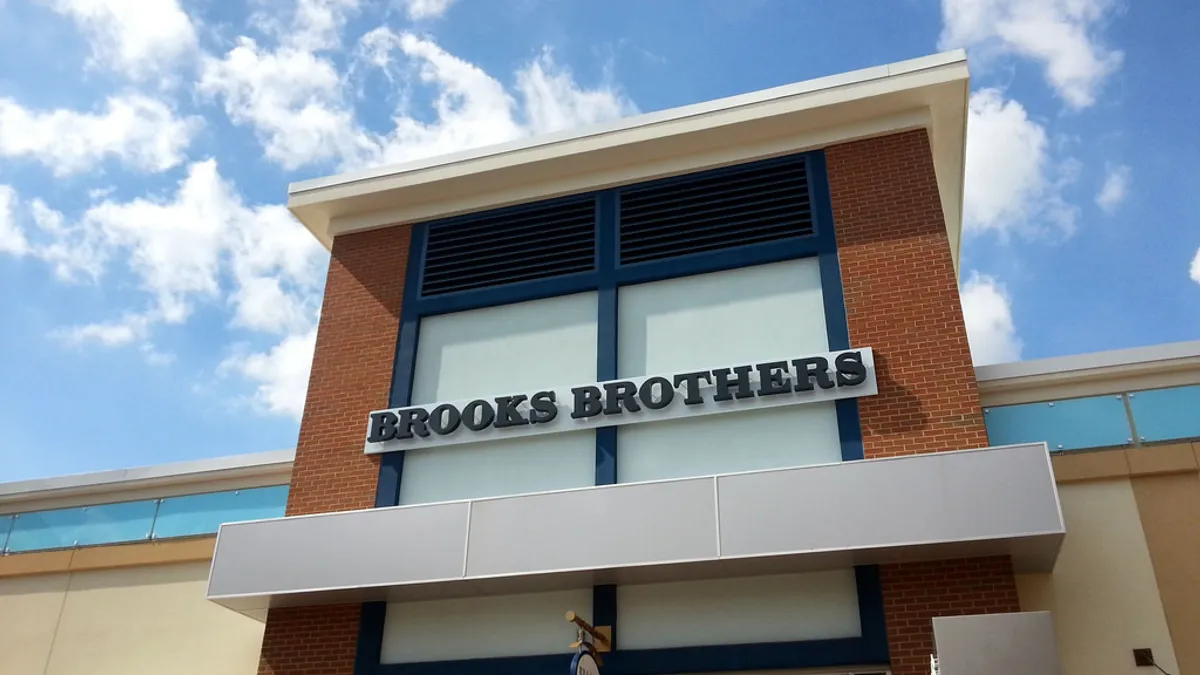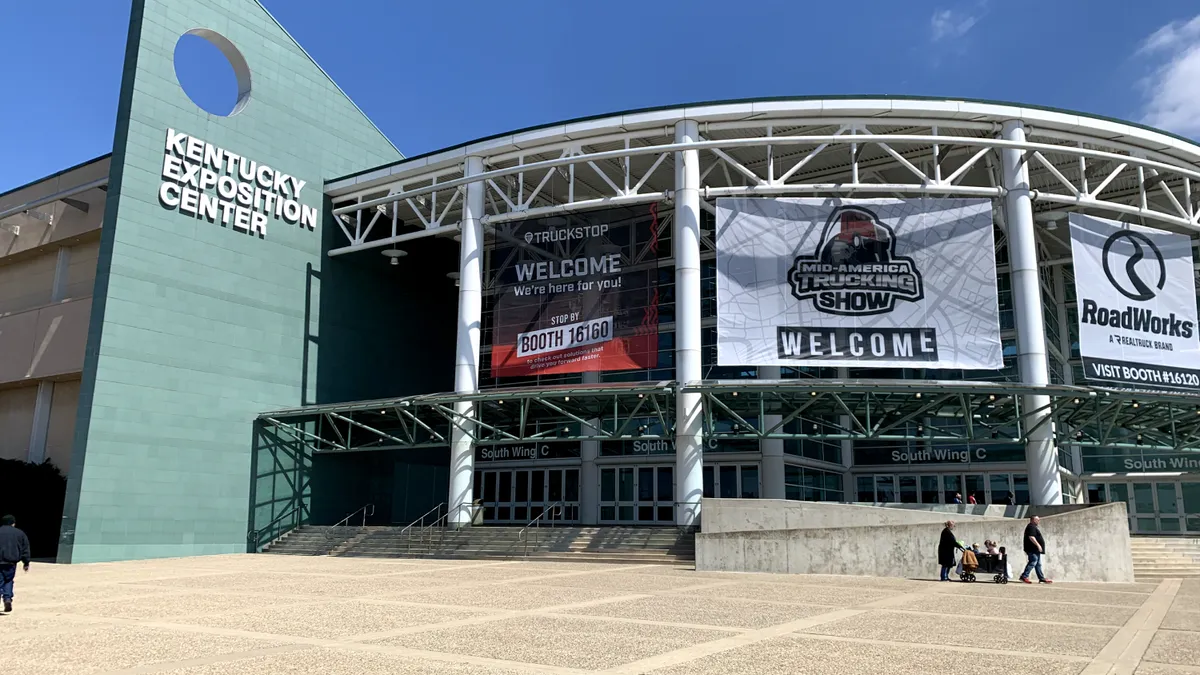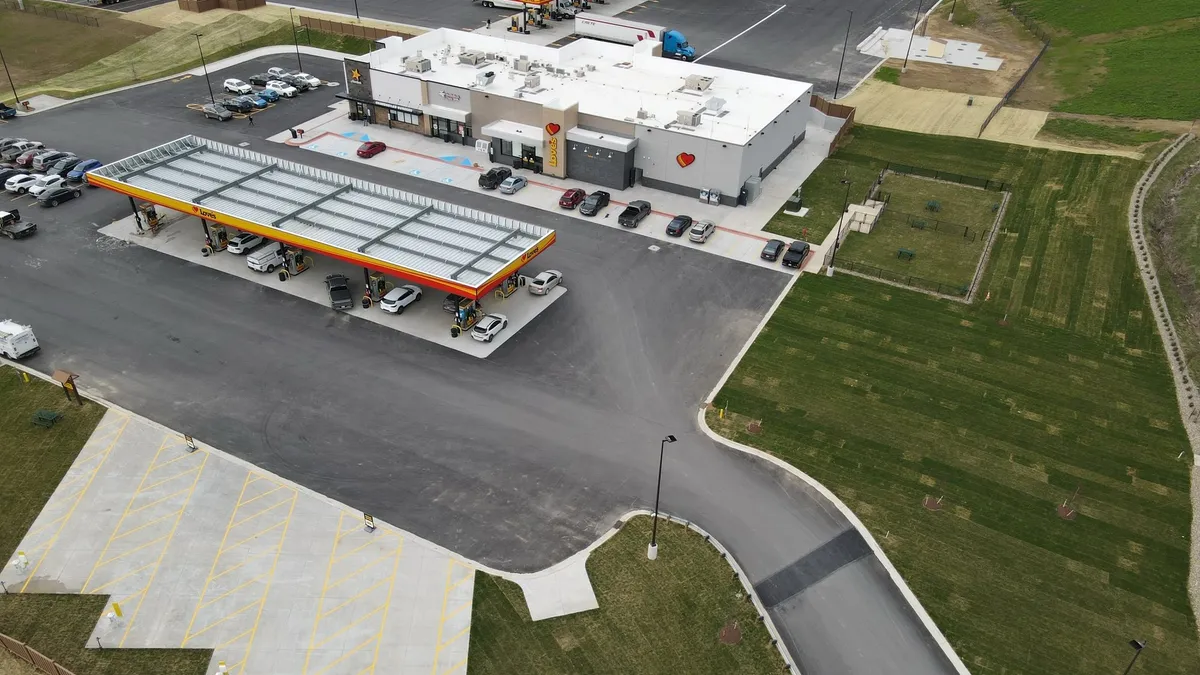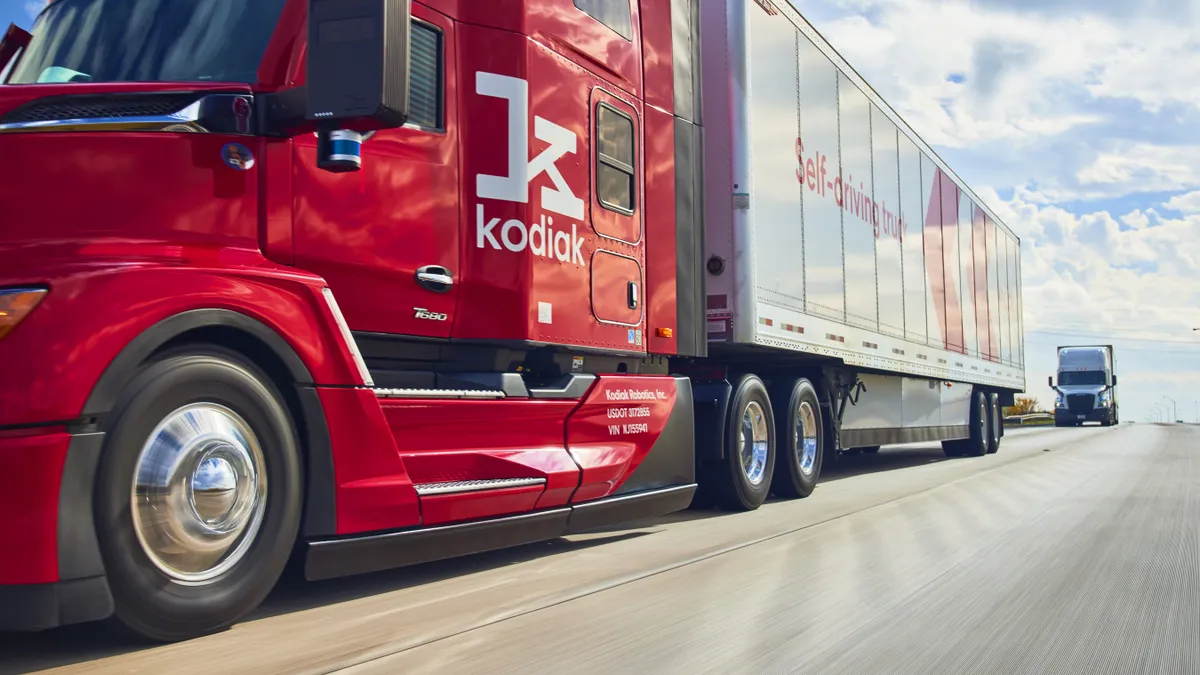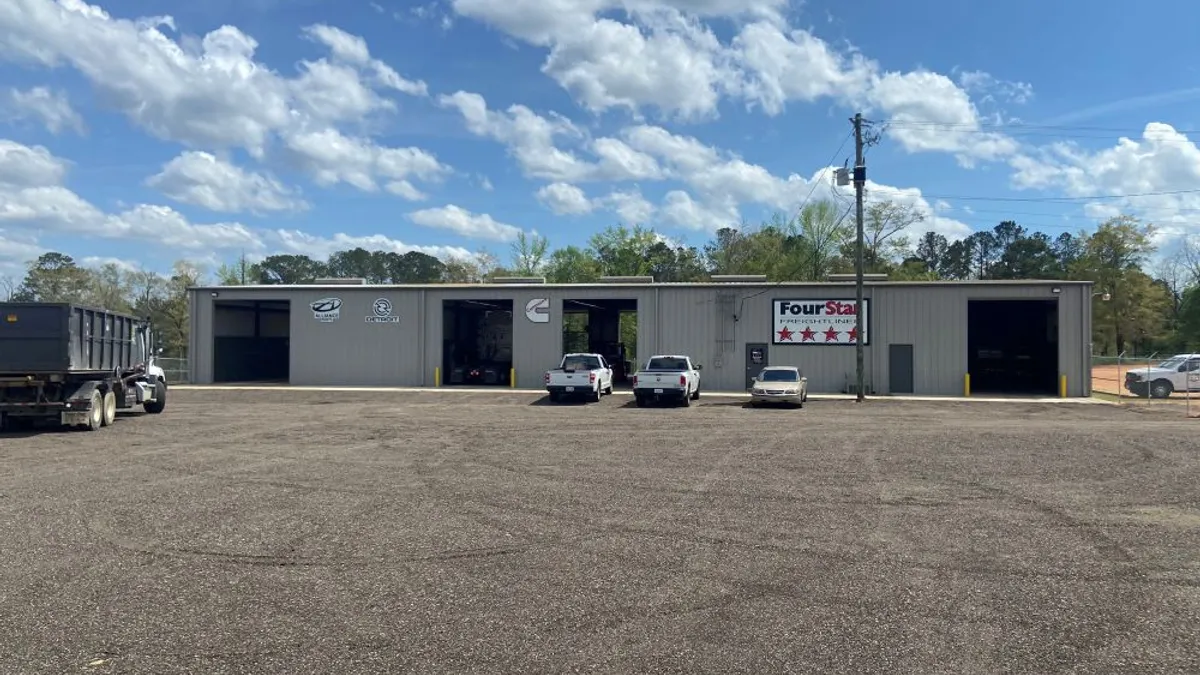At least 23 large retailers have filed for bankruptcy so far in 2020. The resulting store closures could have spelled trouble for the trucking industry. But, in fact, consumers are still buying retail goods, only in different categories than in the pre-pandemic world.
"The total trucking demand is currently on par or above where it was in February, pre-pandemic," said Aaron Terrazas, director of economic research at Convoy.
As activity in some industries slowed dramatically, fleets have reconfigured parts of their business models, including rebalancing customer mix, applying for loans from the government to cope with financial losses and looking for more spot loads.
A different kind of demand bolsters the spot market
Spending has shifted, said Terrazas. There’s still a lot of demand from retail, but from different kind of shippers.
Overall, retail spending is helping to prop up trucking, Terrazas said. In June, U.S. retail and food sales increased 7.5% compared to May and 1.1% above June 2019, according to the U.S. Census Bureau.
Consumers are now buying different goods, such as plastic barriers and home-office furnishings, and more sporting goods than they purchased pre-pandemic, Terrazas said. They're also buying home improvement products and durable goods, such as appliances, Ken Adamo, DAT’s chief of analytics, said in an email.
Meanwhile, clothing sales in the first half of the year were down nearly 40% compared to the same period in 2019, according to Census Bureau data. Apparel shippers have slowed buying from their suppliers, resulting in lower demand for transport. Several of the retailers that filed for bankruptcy this year operate apparel-heavy businesses: Ascena, Brooks Brothers, J.C. Penney, J. Crew and Neiman Marcus, to name a few.

In general, the shift in consumer spending from services to goods has led to stronger-than-normal freight volumes in July, Adamo said. "This is especially true for spot van freight, which skews toward retail goods," Adamo said.
The van load-to-truck ratio average was 4.4 in July, meaning there were 4.4 available loads for every available truck on the DAT One, he said. In July 2019, that figure was 2.1.
Adamo said freight that would normally be moved by contract carriers has shifted to the spot market. The main driver of the spot market, he said, is imbalanced supply chains.
"In the spring, areas with more virus cases tended to have higher consumption with more inbound freight and lower production with less outbound freight,” said Adamo. Virus "hot spots" move from one part of the country to another, changing regional freight volumes.
How fleets cope with freight imbalances
Some fleets have used brokers or real-time, load-matching software to match shippers in need of a haul to available carriers. "That helps them find options to fill gaps in their schedule," Terrazas said.
Terrazas said he’s also seeing more drop and hook loads, where the driver leaves a full container at a warehouse and doesn’t wait for it to be unloaded. Instead, the driver takes another full container to its destination. High-volume shippers and fleets like this method, as it saves time and is less expensive than waiting for a container to be unloaded.
Other trucking companies parked their trucks and furloughed drivers when COVID-19 hit, said Jeffrey Tucker, CEO of Tucker Company Worldwide, a freight broker in New Jersey. The extra $600 in unemployment benefits gave drivers enough to have some money and still stay home, but it ended on July 31.
"In the spring, areas with more virus cases tended to have higher consumption with more inbound freight and lower production with less outbound freight."

Ken Adamo
Chief of Analytics at DAT
Trucking industry personnel are biting their nails waiting to see if Congress will eventually replace the $600 supplement, Tucker said.
"If we don’t keep that $600, more drivers will return to the market," Tucker said. "Freight prices will decline if that happens."
Some of the smaller fleets applied for the Paycheck Protection Program, Tucker said. To date, the Small Business Association reports granting nearly 194,800 loans in the transportation and warehouse sector.
Working with a customer in bankruptcy
When a company is operating in Chapter 11, known as a reorganization bankruptcy, that’s the safest time to deal with that customer, because all new transactions are guaranteed by the bankruptcy court, said Tucker. A bankruptcy judge ensures ongoing cash flow is available and keeps cash flow on a very tight leash. Fleets may even get paid faster than normal, said Tucker.
Chapter 7, however, is a liquidation bankruptcy, which fleets want to avoid. Those retailers plan to sell all their goods and shutter for good.
"Customers expect you to track their freight in real time."

Jeffrey Tucker
CEO of Tucker Company Worldwide
Fleets should give retail shippers what they want to keep them as customers, Tucker said. "Push for visibility," he said. "Customers expect you to track their freight in real time."
Adamo said each truck owner or fleet manager must determine the right mix of freight for their operation. While gathering the perfect mix of customers, the spot market is one way to find work without a long-term contract.


